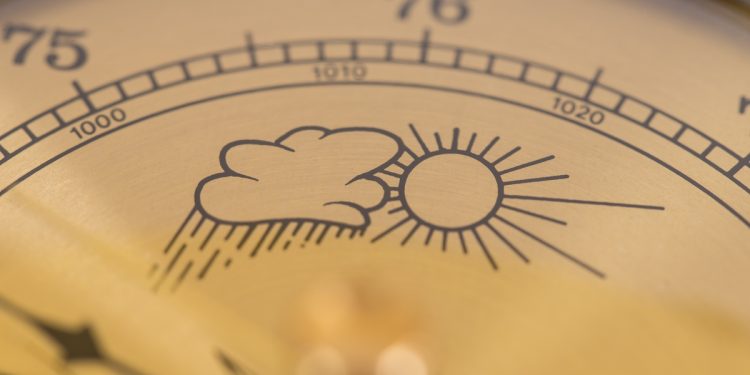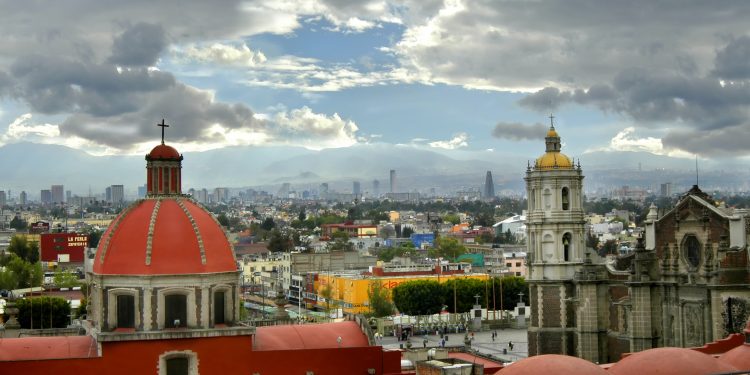Febrero loco, y marzo otro poco is a common Mexican saying that refers to the changeability of the weather in the second month of the year. So unpredictable is the weather this month, that it’s hard to know whether to take a coat, or an umbrella, or what, when you leave in the morning.
Speaking of fickle, an alternative to the meteorologist is a system for predicting the weather known as las cabañuelas—literally “little huts.” The idea behind las cabañuelas is that each day of January is a portent of the weather that will occur in each month of the year. For example, January 1st refers to January, January 2nd to February, and so on up to 12. January 13th to the 24th goes backwards from December to January, and the remaining days of the month are divided by halves, and finally twelfths.
The trouble with las cabañuelas, at least as far as scientific rigor goes, is that there appear to be a number of different versions of it. In Mexico most people say it’s January, while in Spain the days of August were used. The origin is also obscure (which is to say the answer doesn’t pop up on Internet within a few minutes of searching).
Some sources attribute the name to the Jews of Toledo, who used the word cabañuelas, or huts, for Sukkoth, also called the Feast of Tabernacles or shelters. In the Americas, however, it’s said to have been used by the Maya of Yucatan, which tends to preclude introduction into the region by the Spanish. The word cabañuelas, according to this version, is an adaptation of cabanel, which referred to the weather on the day called caban.
In both cases, there are harvest connotations, since the system was used to determine more or less when rain could be expected. Which brings us back to febrero loco.
Mexico in your inbox
Our free newsletter about Mexico brings you a monthly round-up of recently published stories and opportunities, as well as gems from our archives.







